Here is my simple test project to try Caliburn.Micro+UWP.
There is 2 button.
- Save : it make action on HelloViewModel. ( It worked : )
- Bubble Save : I expect it make action on ParentViewModel but Not work... :(
Could you give me your idea ? Why ???
Here is project file on Github.
First is HelloViewMode code. This work fine.
public void Save()
{
Debug.WriteLine("Click Save");
}
2nd is ParentViewMode code. This not work... I wonder...
public void BubbleSave()
{
Debug.WriteLine("Click BubbleSave");
}
and HelloView XAML code is here.
<Button x:Name="Save" Content="SaveButton" Margin="30"/>
<Button x:Name="BubbleSave" Content="Bubble SaveButton" Margin="30"/>
I expected to be called BubbleSave.... but Not be called.
Thank you for helping me.
